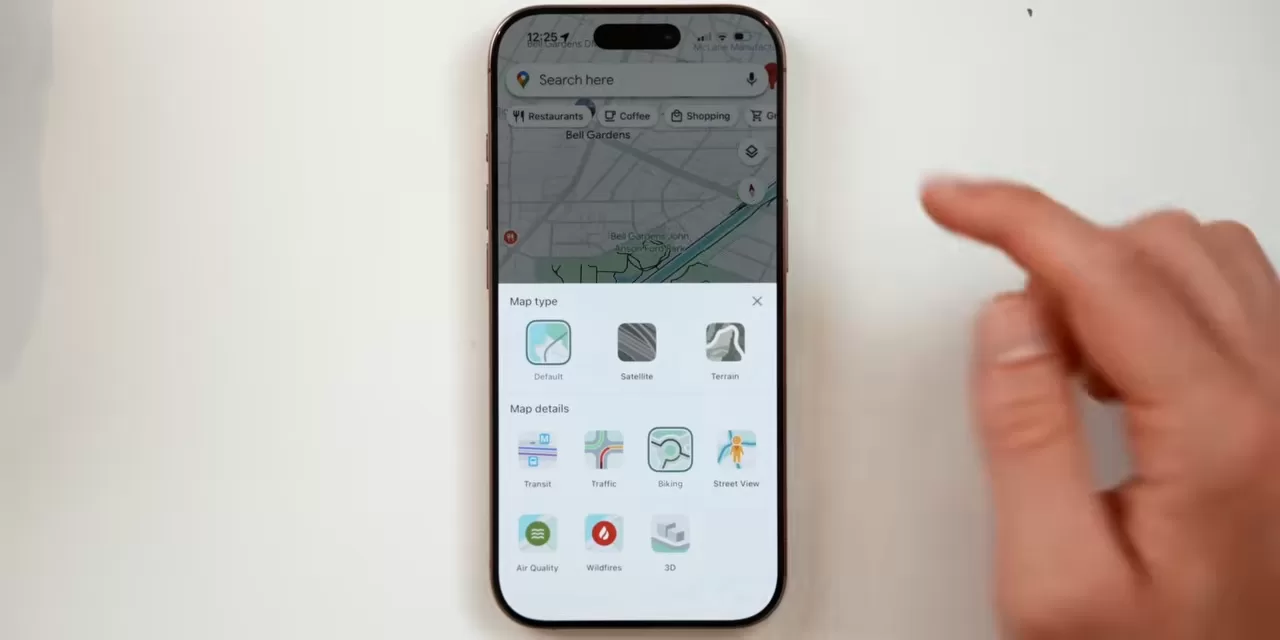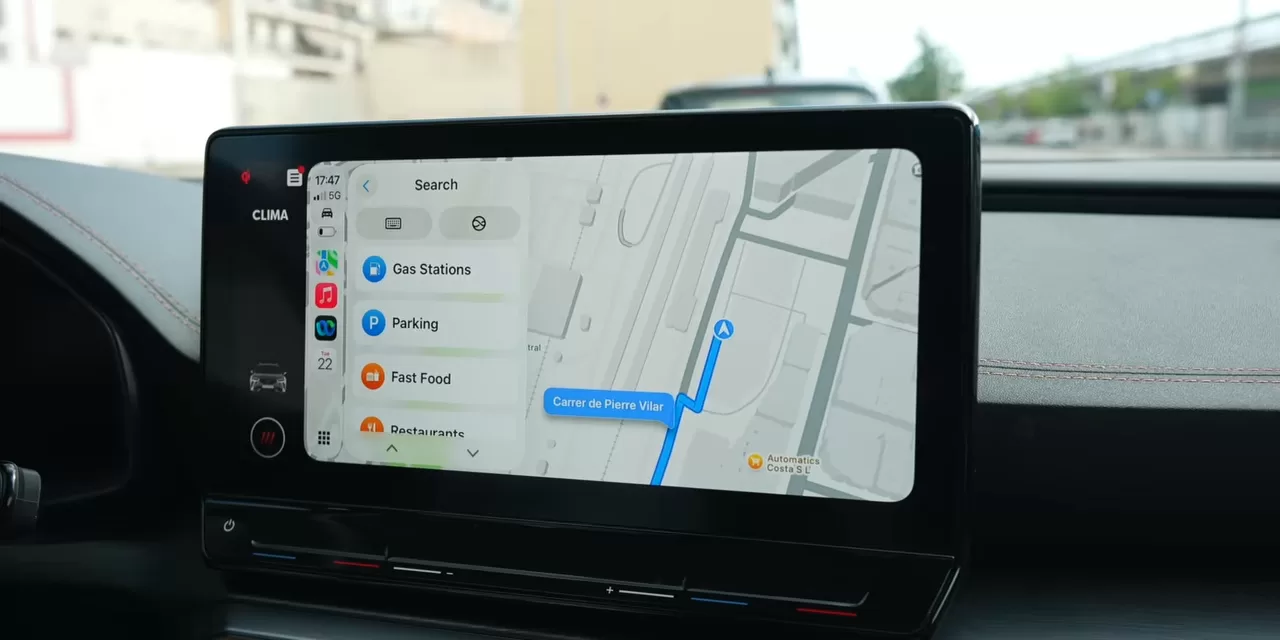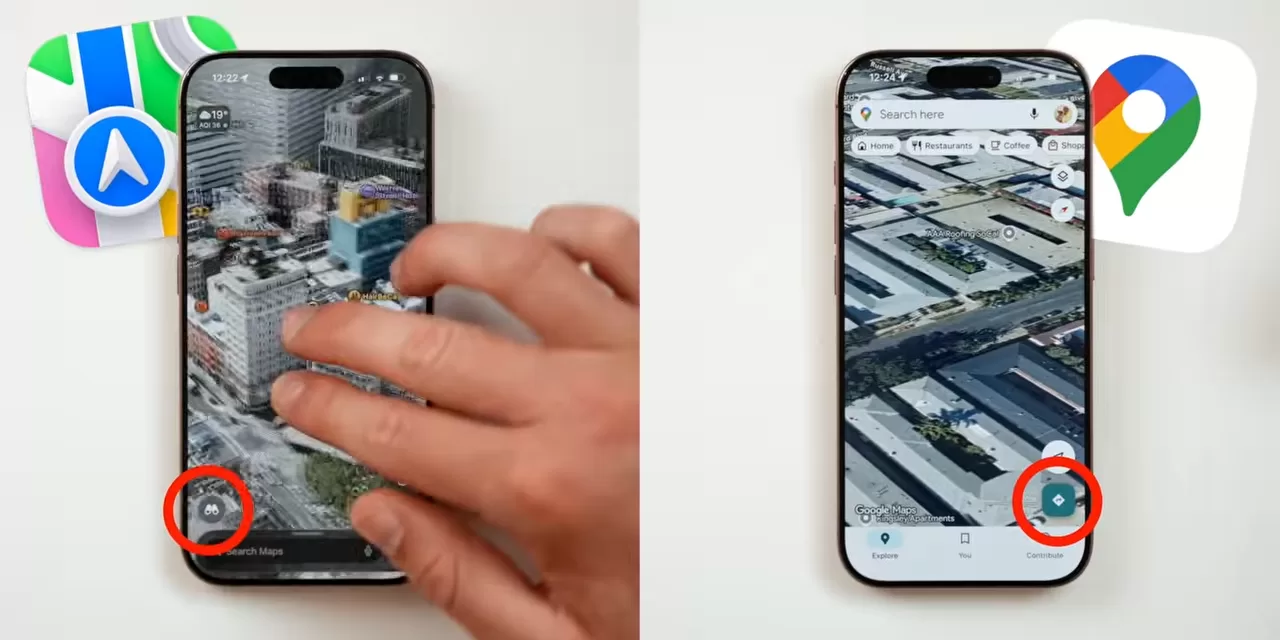Apple has built an ecosystem that extends far beyond the devices in our pockets. From music and fitness to productivity and privacy, every product and service is designed to work seamlessly together. One of the most underrated elements of this ecosystem is Apple Maps, a service that has evolved dramatically over the last decade. Once criticized for its rocky launch, it has transformed into a sophisticated navigation tool with unique features that rival and sometimes surpass other mapping solutions.
For a deeper look at its hidden features, you can visit https://socioline.ru/miks/pogruzites-v-mir-apple-unikalnye-vozmozhnosti-kart/, which explores Apple Maps’ most distinctive capabilities in detail.
How Apple Maps Fits Into the Bigger Picture
Apple’s approach to maps is part of a larger philosophy: tight integration across all devices and services. When you save a favorite restaurant in Apple Maps on your iPhone, you can instantly view it on your iPad, Mac, or even your Apple Watch. If you have CarPlay, the route appears on your car’s display, complete with real-time traffic updates and Siri voice guidance. This kind of integration makes it less about a single app and more about an interconnected experience.

Privacy as a Priority
One of Apple Maps’ strongest selling points is its commitment to privacy. Unlike some other platforms that collect extensive location histories, Apple uses on-device processing and anonymized identifiers to keep your movements private. When you search for a place, Apple Maps doesn’t tie that search back to your Apple ID. This is consistent with Apple’s broader privacy-first strategy, which also applies to services like Safari’s Intelligent Tracking Prevention and Mail Privacy Protection.

Immersive Navigation and Exploration
Recent updates introduced immersive 3D city views, enhanced walking directions, and detailed transit maps. In select cities, you can see buildings, landmarks, and road details in stunning accuracy. Combined with real-time public transport information, it becomes a versatile companion whether you’re navigating a busy city center or planning a long road trip.
The Power of Integration with Other Apple Services
Apple Maps doesn’t operate in isolation. With a single tap, you can send a location to a friend in Messages, add it to a calendar event, or set a reminder to visit later. If you use Apple Wallet, location-based alerts can even notify you when it’s time to use a stored ticket or pass. This kind of cross-app synergy is a hallmark of Apple’s design philosophy.

Looking Ahead
As Apple continues to invest in augmented reality and machine learning, Apple Maps will likely play a central role in future navigation and location-based experiences. Whether that’s through AR walking directions, personalized travel recommendations, or deeper integration with other Apple services, the platform is positioned for growth.
In the end, Apple Maps isn’t just a navigation app—it’s a gateway into a larger ecosystem that prioritizes seamless usability, privacy, and design. The more you explore it, the more you realize how it connects with every other part of the Apple experience.



